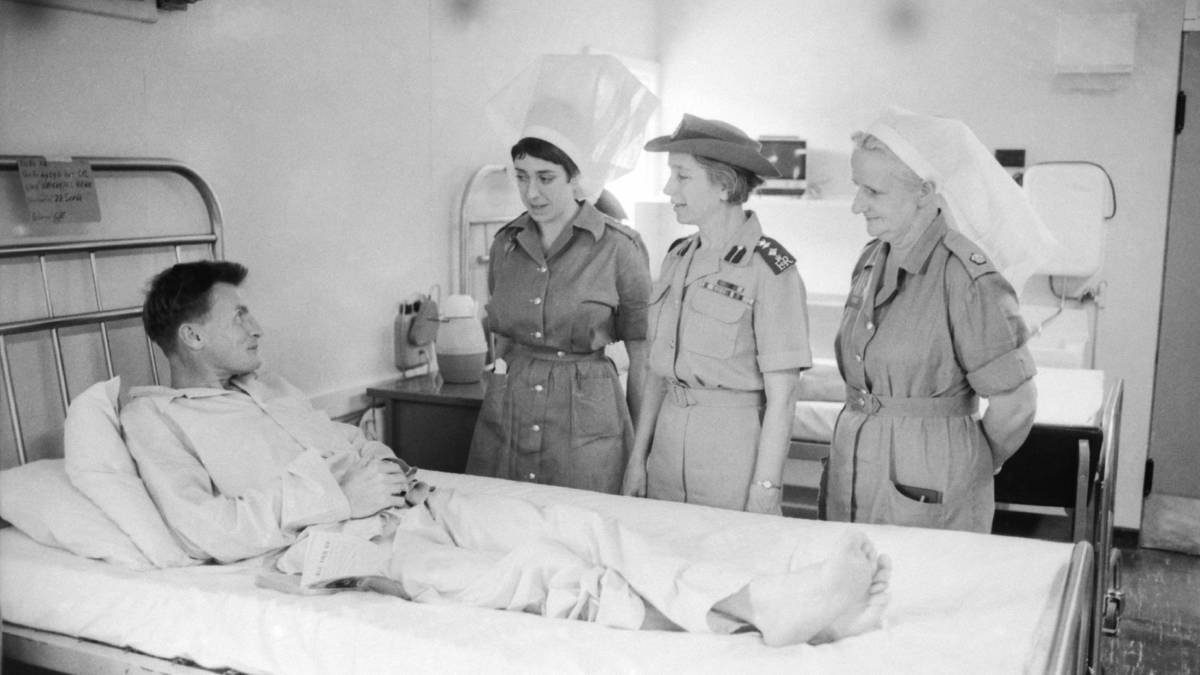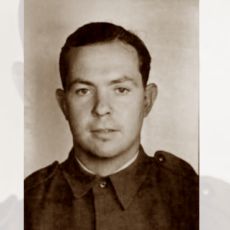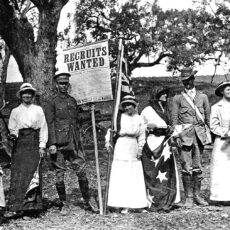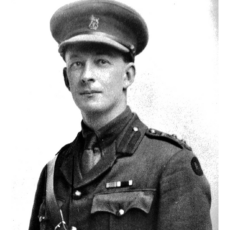By RICHARD BARRY OAM
We have all seen the dramatic and devastating situation that occurred in Afghanistan on our TVs in recent times.
As a Vietnam veteran I feel for our Afghanistan veterans.
They would be asking, like we still do, what was it all for?
We remember the 41 young Australian boys who fell in that terrible conflict.
Now, what about the nurses?
Nurses have dealt with face-to-face realities of war – the sick, the wounded, the dead and dying.
They worked behind the lines in field hospitals, on hospital ships and transports.
In many cases they had the same lack of necessities as their patients, and gave their all in the line of duty.
They saw war and still see it.
During World War 1, 2,139 young girls went overseas – some did not make it home.
During World War 2, 3,477 young girls went overseas – some of these did not make it home either.
In my situation, Vietnam, more than 200 civilian nurses, 100 Royal Australian Air Force nurses and 43 young girls from the Royal Australian Army Nursing Corps served their country as part of the Australian Army’s involvement in that war between 1966 and 1972.
Service nurses were also involved in the evacuation of casualties back to Australia. A huge proportion of those still alive today have in recent years been diagnosed with post-traumatic stress disorder (PTSD).
Their tour of duty ranged from three to 13 months, but most stayed about a year.
Advances in medical technology and methods of patient care saved many lives.
“Dust-Off” helicopters lifted the wounded from the battlefield, and often within one hour the men were in hospital.
This radically slashed battle casualty mortality rates, but meant the nurses had to deal with more and more patients.
Many of the injuries were “traumatic amputations” caused by mine explosions, but gunshot and shrapnel wounds remained a common form of battle casualty.
The work was very demanding, and the hours long.
Intensive care nurses undertook at least six 12-hour shifts a week.
During the 1968 Tet Offensive some toiled for 14 nights straight.
Most had been given little preparation for what they would encounter when they arrived, and some initially got a hostile reception from male medical staff.
When they returned to Australia, they had to contend with public anti-war sentiment – the same as we did when we came home from combat.
The overriding concern for most of the army nurses was the condition of their own troops – ‘our boys’ they often called us.
The injuries from shellfire, explosions, gunfire and anti-personnel mines were horrific – so bad, in fact, that in any other circumstance many could never be treated and they would have died before reaching a hospital.
That was the benefit of having helicopters.
When someone was either killed or wounded we sent a radio message and the chopper would locate our position within minutes.
One Vietnam Army nurse, Trish Ferguson, recalls, “…as soon as there was a contact, a siren would go all over the hospital as far down as the beach at Nui Dat, and anyone who was off-duty would either turn up or ‘phone in to see how many wounded there were and if they were needed.
“When the wounded boys came in on a stretcher, there’d be someone standing by with scissors and you’d cut straight through their shoelaces right up their clothes so you could lift them up to examine their back before they were put to bed.
“The back was examined and then the front and the anaesthetist would be there to put the drip in and straight away the pathologist would take blood for cross-match and everyone else had their own jobs to do, and the other boys would be inside scrubbing the theatre, and you’d take the patient through to the theatre sometimes within twenty minutes of them being wounded.”
Once, while routinely cutting through an injured man’s shoelaces in triage, Trish Ferguson was appalled when his foot came away in her hand – only the boot had held it in place.
Sometimes the injuries were less obvious – shell fragments had to be meticulously removed, along with bits of mud and scrub, before a minuscule perforation of the abdomen could be detected.
Few of the nurses had ever seen anything like this before.
Despite the seriousness of their injuries, the soldiers’ survival rate was very high in South Vietnam – 2.6 per cent of those admitted to hospital died, about half the mortality rate in the Second World War.
I had first hand experience with these nurses when I was injured in an explosion at Nui Dat. Aviation fuel blew up in my face and my head and arms were covered in bandages for a long time.
The nurses were so caring and in reality they took the place of our mothers who were back home sick with worry.
The Australian girls earned only two-thirds of what a male officer of similar rank earned.
The American nurses were aghast at the discrepancy, but the Aussie girls made no protest – after all it was the same situation back home in the civilian workplace.
Programmed to put others first, the nurses soldiered on, shouldering the enormous emotional burden of their sick and dying ‘boys’ … for the girls who had the harrowing intimacy of sharing someone’s last moments, there could be no forgetting. As one nurse tried to explain, “That act of helping someone die is more intimate (than anything) and once you have done that, you can never be ordinary again.”
I recall getting off a C130 Hercules plane at Saigon, now Ho Chi Minh City’s Tan Son Nhat Airport, from Nui Dat in Phouc Tuy Province mid-September 1969.
We walked over the United Services Organisations (USO) Canteen to wait for our flight back to Australia and ran into a big group of US army nurses dressed in immaculate uniforms. They were great girls and laughed and giggled at our Aussie accents.
They were in the process of being sent out to the front line and I found out later that some of these American girls never made it home.
Then we boarded the Qantas 707 to be back home within hours, a far cry for the 11 days it took to sail to Vietnam on the HMAS Sydney months before, not knowing then we were to face a hostile media and members of the public spitting and calling us “baby killers”.
What a terrible welcome home.
I took one last look before takeoff and will never forget the scene that appeared before my eyes as we taxied out to the runway.
There was a long line of rolling luggage carts being pulled by a small tractor across the tarmac except it wasn’t carrying suitcases – it was carrying many metal coffins to be loaded onto a Continental jet bound for the United States.
What a waste of young lives!
And in the years since the Vietnam War, men and women across all branches of the Australian Defence Force continue to treat, heal and support civilians and military personnel alike both in conflict and in peace. We thank them for their service and sacrifice.
It is time today to pay homage to these brave nurses – Lest We Forget.
To order photos from this page click here









Trying to contact Colleen Thurgar nuse from Vietnam war